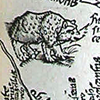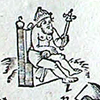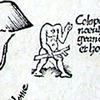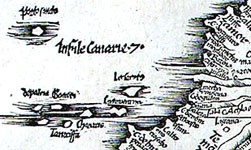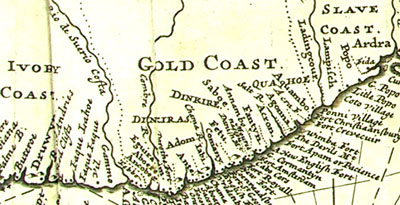Portuguese Discoveries
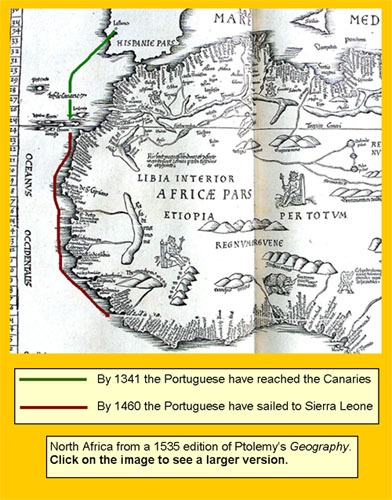 | The map on the left was made in 1535. It shows how well the north and west coasts of Africa had been mapped by then. The names of towns are crammed in all along the edge of the coast, but the interior of Africa is almost blank. This reflects how little was known about what lay inside the African continent. The interior is decorated with a rhinoceros, mythical kings, and cyclopes.
Portuguese voyages of exploration were responsible for the new knowledge of the African coasts. In the 1300s and 1400s Portugal dominated seafaring because of its…
Portuguese expansion into the Atlantic began with the discovery of the Canary Islands in 1341. These are shown on the map off the west coast of North Africa. They are labeled Insule Canarie.
|
Portugal then began a programme of systematic exploration under Prince Henry the Navigator (1394-1460). Henry…
By the time Henry died, the Portuguese had reached Sierra Leone. They had begun trading in gold, slaves, pepper and ivory. The Portuguese went on exploring the African coast. The discoveries of Bartolomeu Dias and Vasco da Gama took them round the tip of Africa and into the Indian Ocean. This map of the West African Coast is from A new and accurate description of the coast of Guinea published in London in 1705. Each part of the coast is named after the goods that were bought there. Click on the image to see more and find Sierra Leone. |
